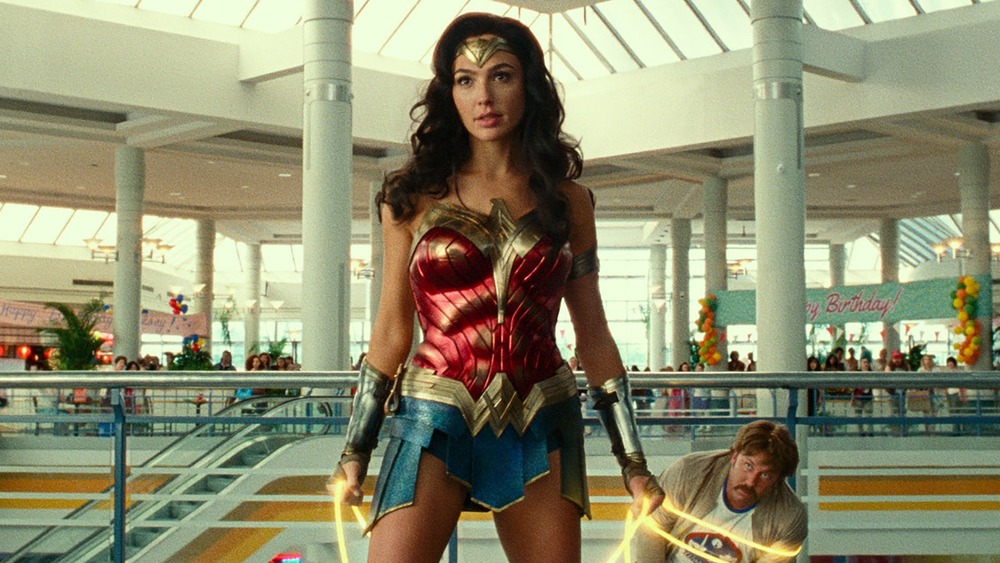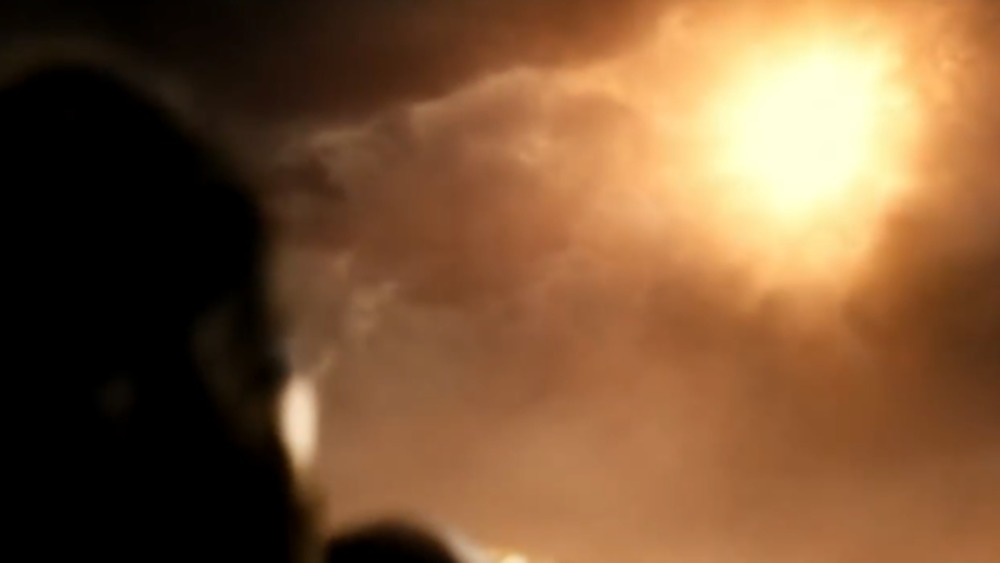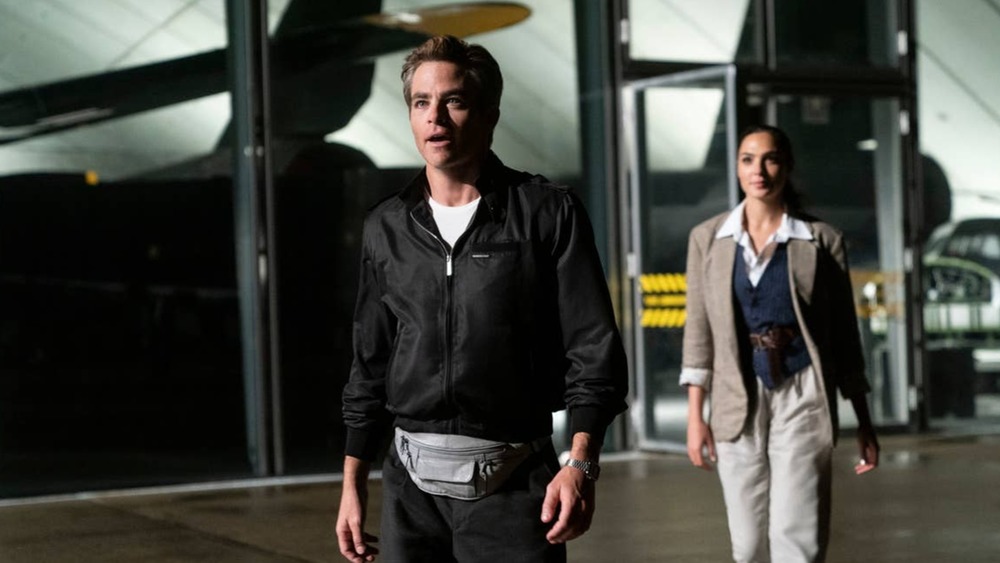The Subtle Ways Wonder Woman 1984 Mirrors The Original Film
Contains major spoilers for Wonder Woman 1984
With the holiday season in full swing, one of the most highly anticipated features of 2020 is finally making its way to audiences around the globe. Kicking off Warner Bros.' controversial hybrid release initiative, the long-delayed superhero epic Wonder Woman 1984 is here via the HBO Max streaming service and the scattered few theaters that are open at this time. Only a small handful of cinematic offerings have been released this year, and even fewer of the comic-book-based variety, so fans are understandably elated to see how the next chapter of Diana Prince's (Gal Gadot) DCEU story will unfold.
Obviously set during the peak of the 1980s, the film follows the titular DC hero over 60 years after the events of 2017's World War I period piece Wonder Woman. Given her Amazonian roots, Diana hasn't aged a day and has built a good life for herself in this new era — although she's still struggling to move on from her first days living among mankind at the turn of the 19th century. In conveying this message, director Patty Jenkins and those collaborating with her on the sequel film found a couple of very clever ways to call back to the first Wonder Woman solo film, despite the massive time gap between it and 1984.
Warning: Spoilers ahead!
The memory of Steve Trevor's sacrifice lives on
A big plot point of Wonder Woman 1984 is the miraculous return of Diana's true love Steve Trevor (Chris Pine), who experienced a fairly decisive demise in the first Wonder Woman film. During Diana's final confrontation with Ares (David Thewlis), her allies Sameer (Saïd Taghmaoui), Chief (Eugene Brave Rock), and Charlie (Ewen Bremner) take it upon themselves to destroy Dr. Isabel Maru's (Elena Anaya) laboratory. Meanwhile, Steve pilots a plane carrying all of Dr. Maru's deadly toxins and detonates it at a safe altitude, trading his life to save millions in a heart-wrenching act of self-sacrifice.
This was a pivotal moment in the story as well as Diana's character arc in the original Wonder Woman movie, so it only made sense for Wonder Woman 1984 to include an homage to it — albeit with significantly less death.
Early on in the sequel, there's a scene in which Diana walks down the sidewalk at night and she hears a passenger plane fly overhead. She stops to look at it, and when she does, the camera lingers on her for a few seconds. She's turned away from the camera (it's following her as she walks), and it's as if the viewer is looking up at the plane right behind Diana in that same moment. The composition of this shot — with Diana facing away from the viewer, standing in the foreground, with the aircraft off in the distance — is nearly identical to the one featured in Wonder Woman when Diana witnesses Steve make his heroic choice.
A familiar history lesson
For Diana formerly of Themyscira and currently of Washington, D.C., her heartbreak over Steve doesn't last forever, thanks to a mysterious artifact known as the Dreamstone. She uses it to wish for the love of her life's return from the grave — and, surprisingly, it does just that. But when Steve resurfaces in the land of the living, he's severely out of touch with reality and completely lost in the 1980s. To remedy this, Diana takes him on a journey throughout the "modern day" — teaching him about '80s fashion in all of its tacky glory, the concept of modern art, breakdancing, and more. Looking back, this series of fun scenes is an inversion of one of the most important sequences from the previous Wonder Woman film.
In the 2017 movie, Diana had never stepped foot off of Themyscira in her entire life, meaning the world of man in the late 1910s was totally foreign to her. Luckily, she had Steve to guide her along and explain everything new she encountered, from the dingy appearance of industrial London to the simple pleasure of a vanilla ice cream cone to the proper attire to wear to blend in. She was a fish out of water in the original Wonder Woman movie, just as Steve is in Wonder Woman 1984 (at least, until he finally passes on for good when Diana renounces her wish in exchange for her powers back). This showcases a clear reversal of their dynamic from the first film for the follow-up.
On their own, both Wonder Woman and Wonder Woman 1984 stand on their own as solid DCEU entries. Given their chronological detachment, it's easy to enjoy them individually — although, if you choose to do so, you may miss out on subtle details like these ones that make their bond retroactively stronger.


